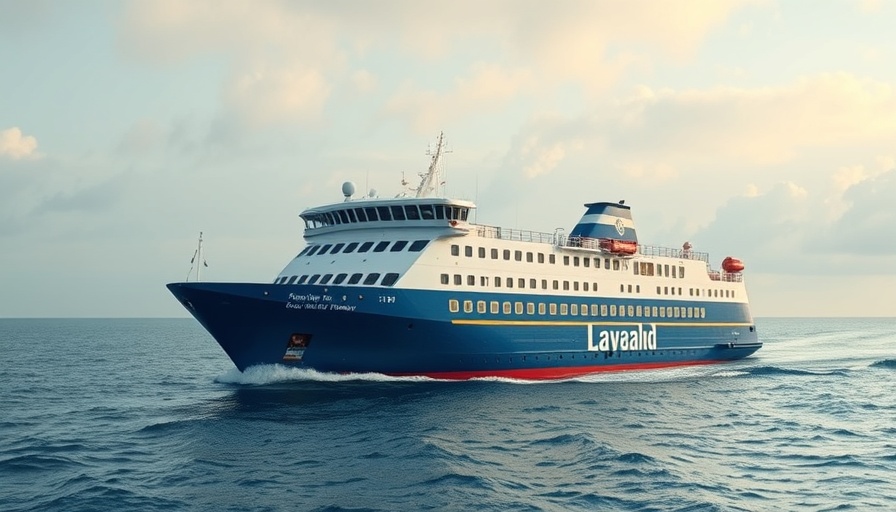
Raising the Stakes: US-Japan Military Collaboration
In a significant display of military might and cooperation, the United States is set to deploy the cutting-edge Typhon intermediate-range missile system to Japan as part of the upcoming Resolute Dragon exercise. Scheduled from September 11 to September 25, this joint exercise serves not only as a training operation but also as a calculated move to enhance deterrence against perceived threats in the region. As tensions grow in the Asia-Pacific, particularly with China, this deployment signals an uptick in military posturing that could reshape the dynamics of regional security.
The Typhon: A Game Changer
The Typhon missile system, a sophisticated weapon designed for striking both naval and land targets, carries significant implications for military strategy in the Asia Pacific. Equipped with Tomahawk cruise missiles that can reach targets even in China and Russia, the Typhon has already drawn criticism from Chinese officials for its prior deployment in the Philippines during military exercises last year. Japan's Ground Self Defense Force emphasized that the purpose of introducing the Typhon to its arsenal aligns with strengthening integrated operations and response capabilities, especially amid increasing aggressive rhetoric from Beijing.
Historical Context: The US Military Presence in Asia
The roots of US military involvement in the Asia-Pacific trace back decades to ensure a balance of power. Following World War II, the United States established numerous bases throughout the region, with Japan being a strategic ally. Events like the Korean War and ongoing disputes in the South China Sea have further cemented America's role as a primary military power in Asia. The recent deployment of the Typhon falls within this historical context where military exercises are a testament to alliances and a warning to adversaries.
Wider Implications: What Does This Mean for China?
China’s response to growing US military capabilities in the region remains strong. The introduction of advanced systems like Typhon is perceived as an escalation that necessitates a counter-strategy from Beijing. Experts predict that China may ramp up its military exercises and enhance its own missile technologies in response, which could create a cycle of tension and military preparedness that escalates further into conflict potential.
Connecting the Dots: Future Military Engagements in East Asia
As military exercises like Resolute Dragon advance, they are not isolated incidents but part of a broader strategy by the US to solidify its foothold in East Asia. Growing partnerships with countries such as Australia, India, and South Korea underline a commitment to a cohesive response to regional threats. The perception of an encirclement strategy by China drives the US and allied nations to pursue stronger collaborative military frameworks.
Conclusion: Time to Take Action
For those concerned about regional stability and military balance, staying informed about upcoming military engagements is crucial. The deployment of the Typhon missile system underscores not only military readiness but also the potential for geopolitical shifts in East Asia. Stakeholders, especially in defense-related sectors, ought to analyze the implications of these military actions closely.
 Add Row
Add Row  Add
Add 




Write A Comment